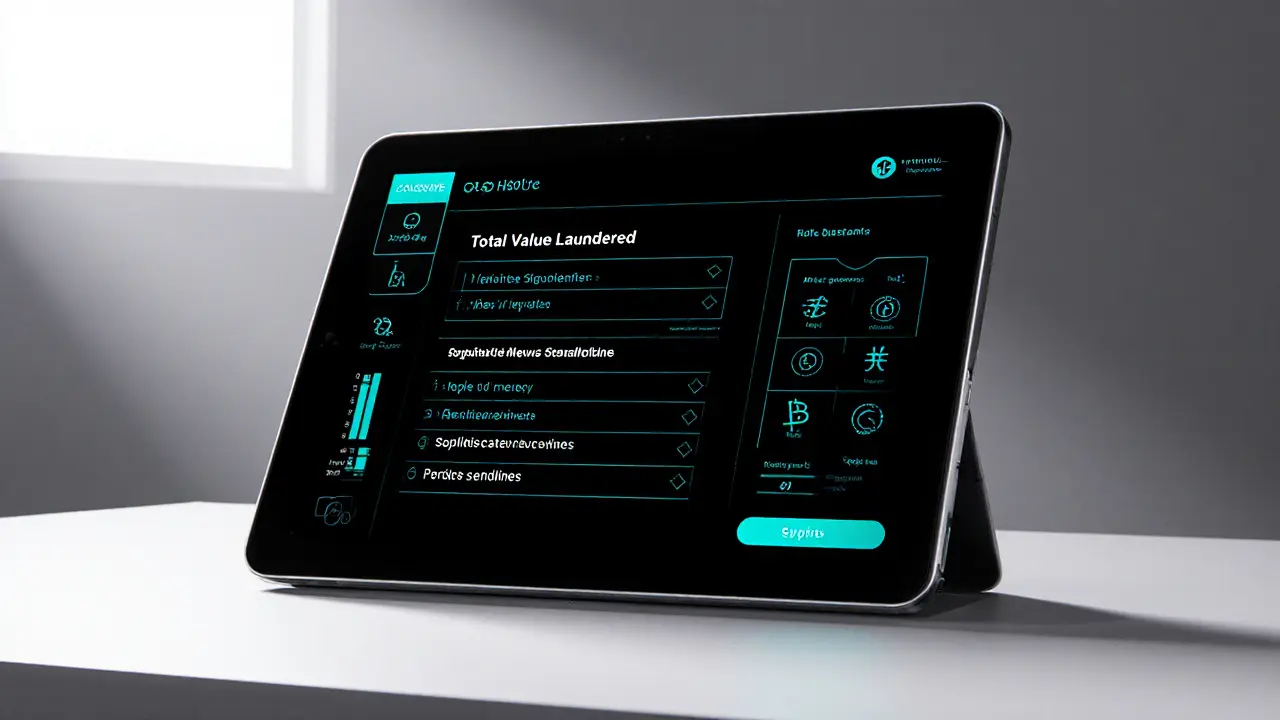Crypto Money Laundering
When talking about crypto money laundering, the practice of disguising illicit proceeds through cryptocurrencies. Also known as digital money laundering, it exploits the pseudo‑anonymous nature of blockchain assets to move, layer and integrate dirty money. Anti‑Money Laundering (AML), a set of legal and procedural controls designed to detect and prevent financial crime is the primary defense, but its effectiveness varies across jurisdictions and exchange platforms. Understanding how AML policies intersect with crypto transactions is the first step to spotting red flags and staying compliant.
Regulatory Landscape and Compliance Challenges
Across the globe, cryptocurrency regulations, rules that govern how digital assets are issued, traded and reported shape the fight against crypto money laundering. In places like China and Russia, strict bans create shadow markets, while regions such as Thailand introduce licensing frameworks that force exchanges to implement robust KYC/AML workflows. These regulations influence how exchanges monitor transaction patterns, flag suspicious activity and cooperate with authorities. For traders, the takeaway is simple: the tighter the regulatory net, the more likely your platform will freeze or report dubious transfers, prompting you to verify source of funds before moving large sums.
Yet, regulation alone doesn’t close every gap. In banned jurisdictions, an underground crypto market, a network of peer‑to‑peer trades and black‑market exchanges operating outside official oversight often emerges, driving hefty price premiums for hard‑to‑obtain tokens. These hidden markets become fertile ground for laundering because they lack transparent order books and can obscure the origin of funds. Studies from 2025 show that premiums can exceed 30 % in countries with strict crypto bans, highlighting a direct link between regulatory pressure and illicit activity.
Exchanges that want to stay on the right side of the law must embed AML into every layer of their operation. Transaction monitoring tools scan for structuring, rapid token swaps, and mixers that hide traceability. When an exchange integrates real‑time risk scoring, it can stop a laundering chain before the funds are converted into fiat. For users, this means extra verification steps, but it also protects the ecosystem from being weaponized by criminals.
Below you’ll find a curated set of articles that unpack these themes in depth—step‑by‑step guides on navigating fiat‑to‑crypto in high‑risk regions, reviews of exchanges that excel at AML compliance, and analyses of how underground premiums reflect underlying money‑laundering pressure. Whether you’re a trader, compliance officer, or just curious about the dark side of digital finance, the following resources will give you practical insight and actionable tips.
Crypto Money Laundering Penalties: How 20‑Year Prison Terms Can Happen
Explore how U.S. law punishes crypto money laundering, why 20‑year prison terms are possible, and what factors push sentences to the maximum.
VIEW MORE
